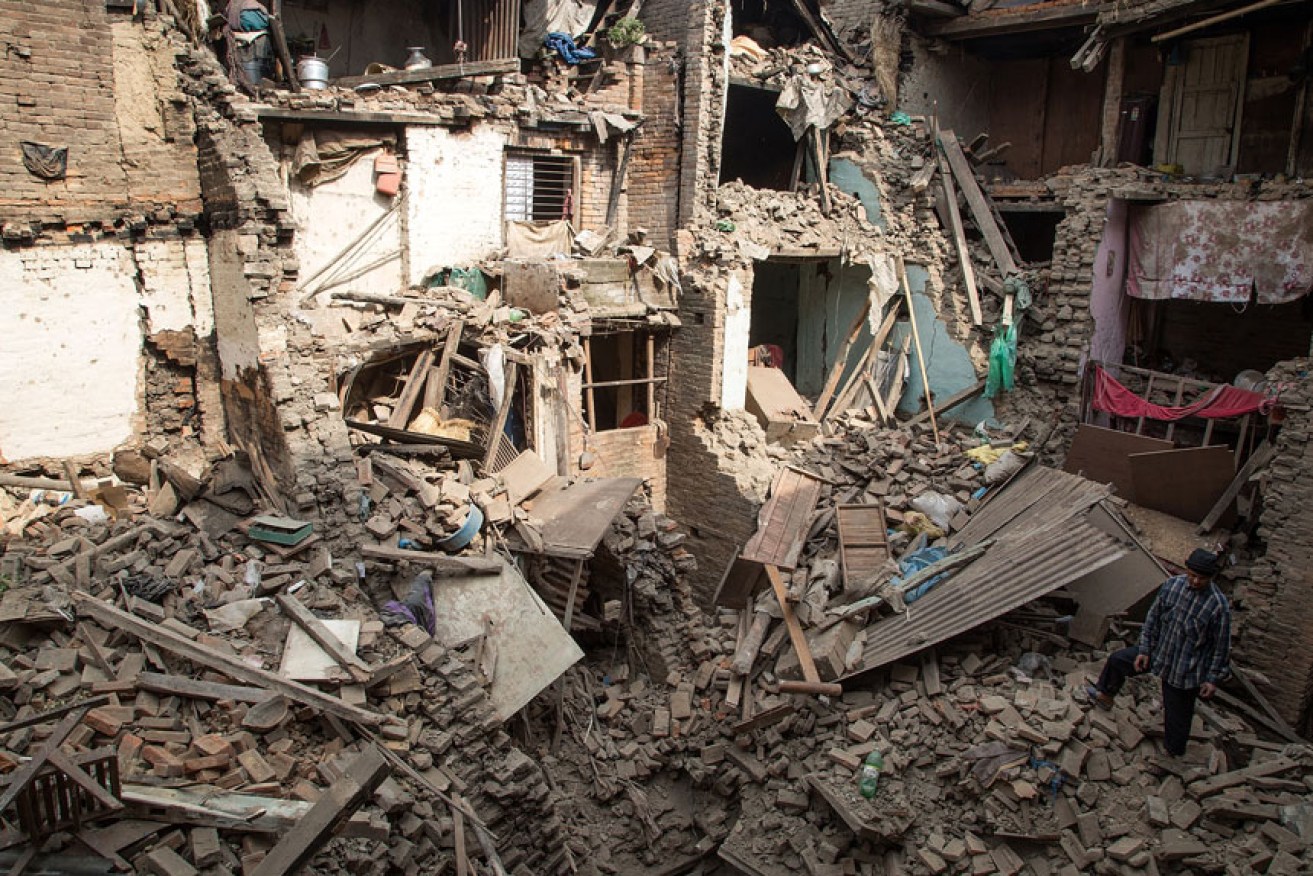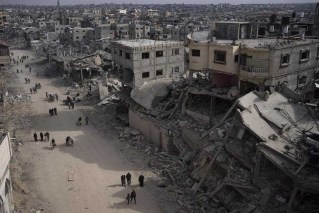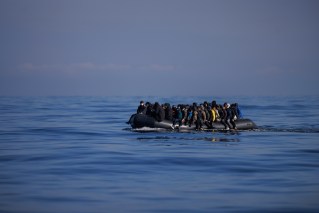Remote villagers in Nepal helpless, says hiker

Getty
Poor weather and avalanches are continuing to prevent emergency workers from reaching remote villages, two weeks after a massive magnitude-7.8 earthquake devastated parts of Nepal.
One man has been trekking in to remote villages and reporting his findings back to aid agencies since the earthquake struck on April 25.
“The highest village in Makalu region was around 4,000 metres and then down to around 2,000m,” professional adventurer Adrian Hayes told ABC’s PM via Skype from Nepal.
“[I was seeing] buildings with half their side gone, piles of rubble, some buildings … some communities completely flattened.”
• Extra $10m for Nepal recovery
• Hugh Sheridan goes ‘back to life’ after Nepal scare
He said that he was often the first person to get to some remote villages after the quake struck.
The villagers told him of feeling helpless and said they did not expect to receive any help from their government for years, Mr Hayes said.
“Nepalese people are used to hardship. They live a hard life up there, so people were getting on and trying to rebuild,” he said.
“Things were getting going, but obviously nowhere near the amount of funding and sort of support that they need.”
Mr Hayes has climbed Everest, K2 and many of Nepal’s other mountains and spent eight years as a Gurkha officer.
He was about 18 kilometres from the Everest Base Camp and due to climb the world’s fourth and fifth highest mountains when the earthquake hit. He quickly changed his plans.
“I just thought you know, I’ve got some skills and circumstances and equipment that could actually be put to better use,” he said.
“Basically that was speaking Nepalese – I was an ex-Ghurkha officer, eight years in the army, speak Nepalese pretty professionally.
“I’m medically trained, self-sufficient in food and equipment, sleeping bag, tents and all the rest of it.”
Eight of the world’s 14 highest mountains are located in Nepal, so the World Food Programme is relying on helicopters to reach people in remote areas.
“Right now we have two helicopters operating and by the end of the month we’ll hopefully have five MI8s in place and two or three small helicopters,” the UN World Food Programme’s emergency coordinator for the disaster, Richard Ragan, said.
“So we’ll be able to do targeted operations into those very difficult to reach places.”

Adrian Hayes assists a Nepalese woman after the earthquake. Photo: Facebook: Adrian Hayes
Australia doubles aid contribution, but UN says more aid needed
The Australian Government has doubled its support for Nepal, bringing the funding to a total of about $20 million.
Foreign Affairs Minister Julie Bishop said the additional $10 million would support women and vulnerable communities establishing small businesses and help children going back to school as the country starts to rebuild.
The money will also be spent on Australian engineering experts to provide advice on rebuilding education infrastructure.
Australia’s contribution makes up just a small portion of what is needed.

The quake has killed more than 7900 people. Photo: Getty
The United Nations has revealed it has received only about 5 per cent of the $US415 million required for the relief effort.
“We’re racing against the clock because the monsoon is in about 30 days. So we’re trying to get as much relief materials as we can out of the field. We have fed nearly a million people,” Mr Ragan said.
He said Nepal’s recovery certainly will not be a short-term process.
“I would hope that the donor community and people who care about Nepalese won’t forget about this emergency,” Mr Ragan said.
More than 7900 people were killed, at least 17,000 more were injured and thousands of others were left without homes.
In Nepal’s capital, streets are lined with mountains of rubble. Bricks, glass and messes of metal are piled high into the areas where buildings stood two weeks ago.
Residents still wander through the streets, inspecting the destruction in silence.
“We had a very tragic incident happen, and this world heritage site was completely damaged. And our prime minister has assured us that they will rebuild everything but of course this will take years to build up,” one Kathmandu resident said.
-ABC








